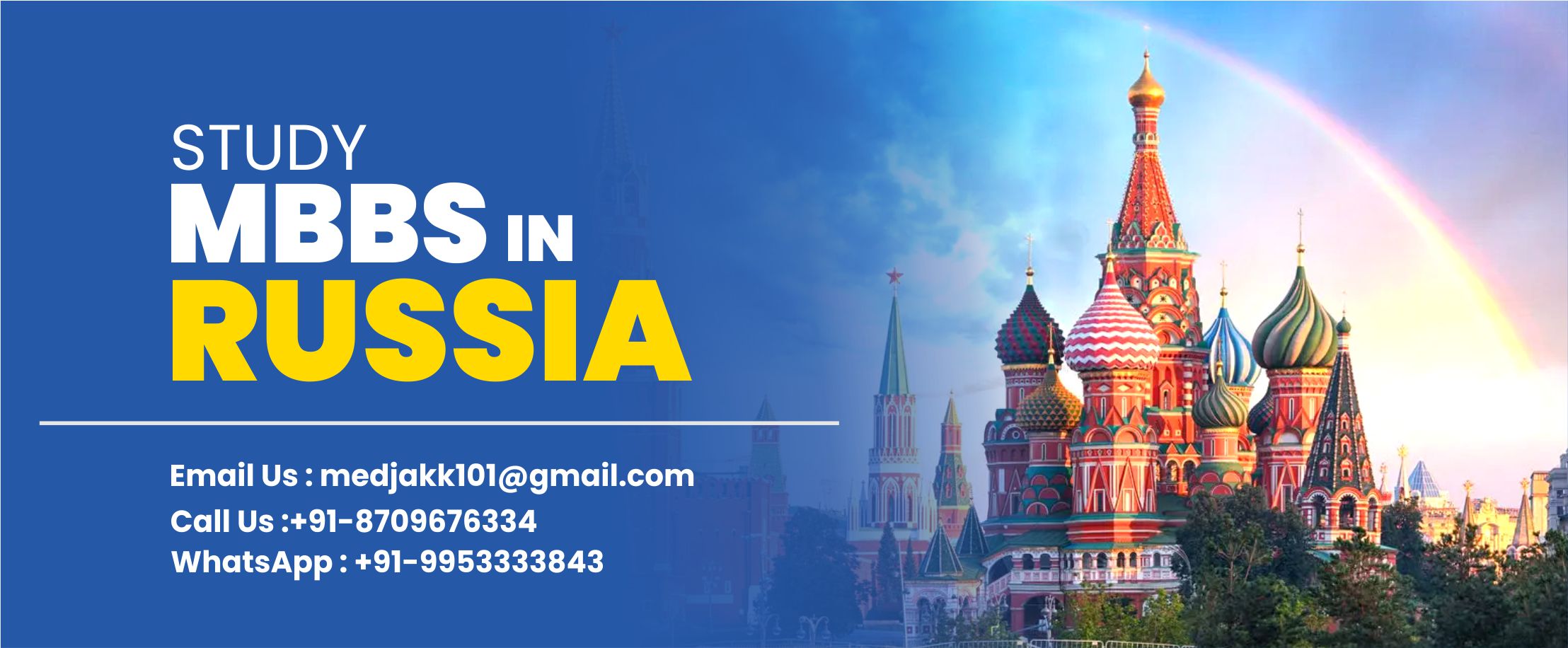Studying medicine abroad can open up opportunities for global exposure, cultural diversity, and access to international medical practices. For many Indian students, one of the popular choices is to Study MBBS in Russia, as the application process is relatively straightforward compared to competitive exams and high costs in some other countries. However, the process still requires careful planning, documentation, and understanding of each stage. This step-by-step guide will help students and parents navigate the journey from shortlisting universities to finally beginning classes.

Researching Universities and Programs
The first step begins with identifying the right medical universities. Russia has several institutions recognized by the National Medical Commission (NMC) and listed in the World Directory of Medical Schools. Students should carefully research the reputation of the university, course duration, teaching methodology, and medium of instruction (usually English for international students). Rather than focusing only on tuition costs, applicants should look at the overall environment, faculty expertise, and student support systems. Comparing options allows you to choose a program that matches academic goals and personal comfort levels.
Checking Eligibility Criteria
Eligibility is a critical factor when applying abroad. For Indian students, the requirement usually includes passing the 10+2 level with Physics, Chemistry, and Biology. Most universities expect at least 50% in aggregate for these subjects, while reserved category students may receive relaxation in India’s standards. Additionally, qualifying NEET is mandatory to later practice medicine in India. Meeting these benchmarks ensures that students can not only gain admission but also pursue careers back home after graduation. Proper checking at this stage saves applicants from last-minute complications during the admission cycle.
Preparing Documentation
Paperwork plays a core role in admission. Students need to prepare academic certificates, passport copies, photographs, and sometimes recommendation letters. Alongside, medical certificates verifying fitness and blood test reports may be required in certain universities. Preparing all documents in advance and keeping extra photocopies helps avoid unnecessary delays later. An essential step here is legalization and notarization of the documents as per university rules. Since the admission officers in Russia expect completeness, ensuring error-free documentation builds credibility and speeds up the approval process.
Submitting the Application Form
Once documentation is ready, the next step involves submitting the official application form to the selected university. This usually happens online, with applicants uploading scanned documents and filling in personal details. Some universities may ask for application fees. This stage often requires clear communication between students and the admissions office, which ensures that no mismatch or missing entry creates barriers later. A carefully filled application form demonstrates seriousness and attention to detail, which positively reflects on the student.
Receiving the Invitation Letter
Upon approval of the initial application, successful students receive an official invitation letter from the university. This letter is a crucial document, as it acts as the entry gateway for visa approval. It confirms that the student has secured a seat in the chosen institution. The waiting period for the invitation can vary, but students must remain patient and maintain regular communication with the university for updates. This invitation not only validates the educational opportunity but also adds confidence as the process moves forward.
Applying for the Student Visa
Having received the invitation, the next requirement is applying for a student visa at the Russian Embassy or Consulate. The application typically involves submitting the invitation letter, passport, photographs, visa fees, and necessary health test reports. Visa approvals may take a few weeks, hence applying well in advance is crucial to avoid missing the intake season. Understanding the requirements of the specific embassy is equally important, as documentation details can differ slightly by location. Securing this visa marks the official green light to travel for education.
Arrival and Enrollment at the University
The final step occurs once the student arrives in Russia. At this stage, the university assists with completing enrollment formalities, checking original documents, and registering the student officially. Students also undergo orientation sessions where they are introduced to the academic schedule, local culture, and university guidelines. Adjusting to a new environment can be overwhelming, but with proper guidance, the transition becomes easier. This step officially transforms applicants into medical students, marking the beginning of their journey to pursue an international degree.
Conclusion
For students aspiring to become doctors, the process to Study MBBS in Russia involves a structured journey of researching institutions, checking eligibility, preparing documents, applying, and finally enrolling. Each step requires attention and preparation, but by carefully following the process, students can ensure smooth admissions and a strong foundation for their medical careers. The path abroad is filled with opportunities for growth, learning, and cultural exchange, making it an enriching choice for ambitious individuals.
“A clear plan and consistent effort are often what separate dreams from achievements.” – Medjakk


